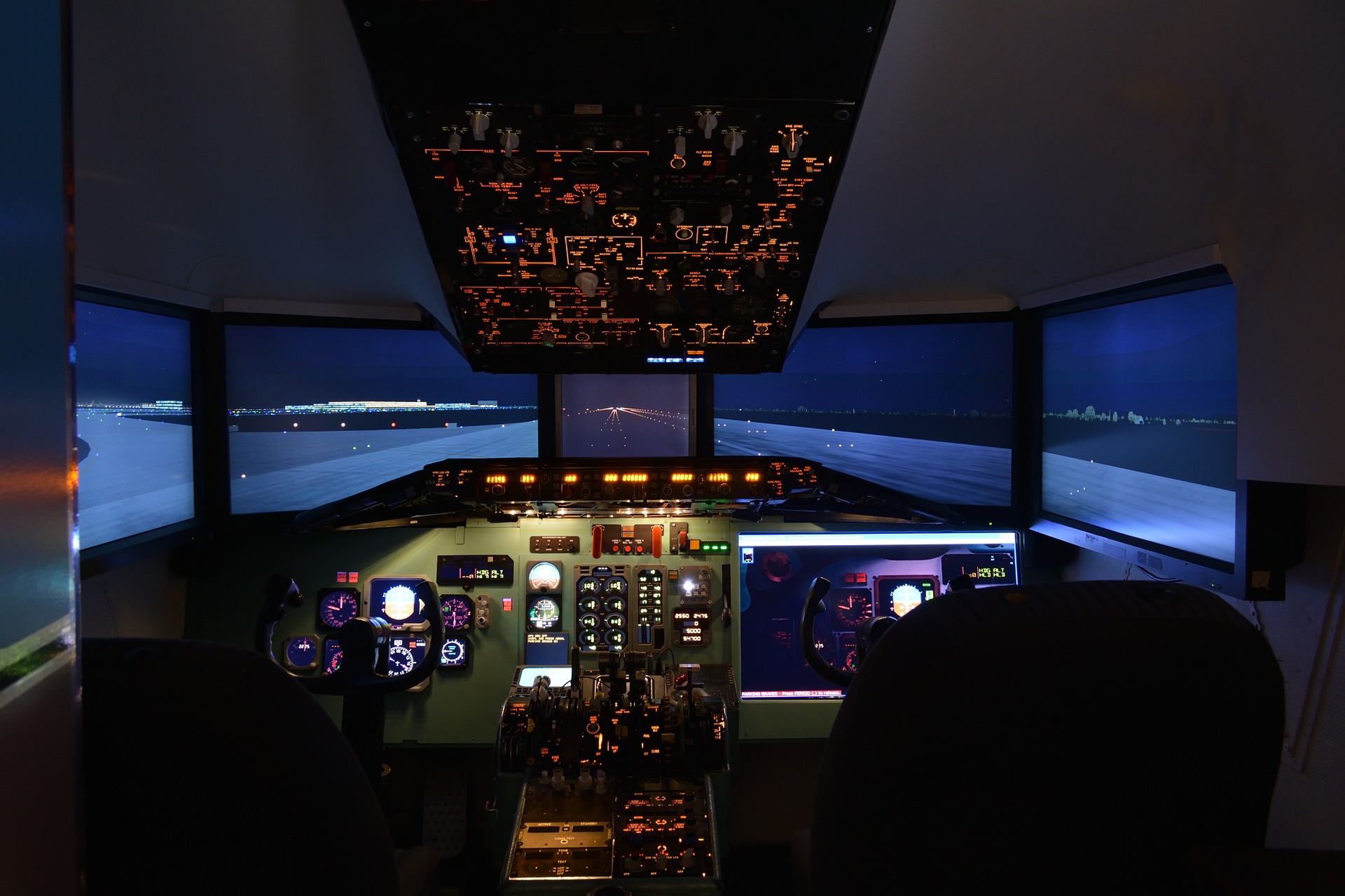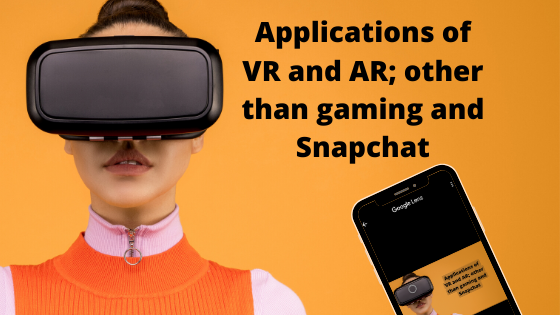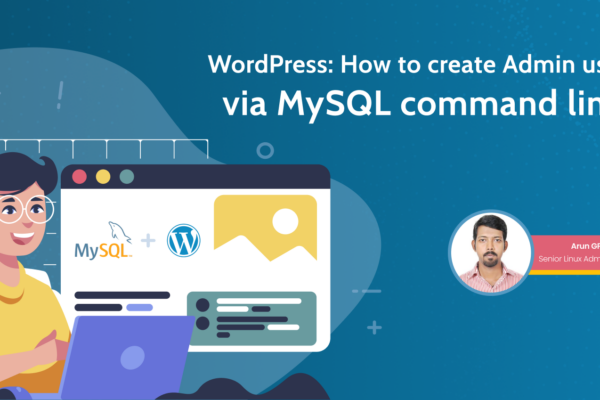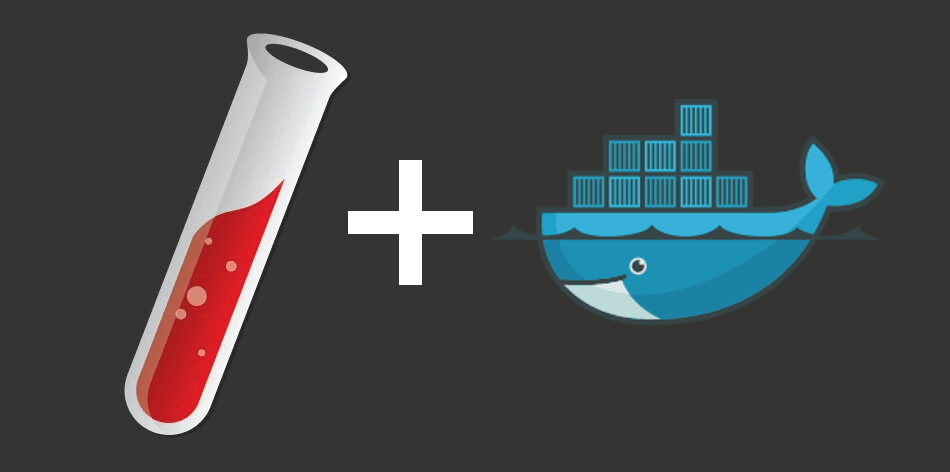Probably the best part about Pokemon GO and the Snapchat filters (more than their cuteness) was how the two used a seemingly difficult or icky(I’m referring to the motion sickness) technology into something mainstream and fun. Up until a decade or two years ago, AR and VR was more of science fiction but these days, it’s everywhere.
Have a look at some of the areas where AR and VR are being used. Odds are you may have seen or used at least some of them, you probably didn’t notice it.
Google AR and VR
Before you start reading this section, just a heads up, it may appear like I’m a Google Fanboi or something. I’m not, but I’m just really impressed with what Google is doing with VR and AR. They have made Youtube and Google Earth available in VR. But Google’s adventures in VR is much more than that.
Google has an entire array of AR and VR products, starting from Cardboard to Expeditions. One of the most popular AR applications may be the Google Lens. Forget about the AR aspect itself, the OCR itself was amazing. If you have used any OCR apps before to scan something, you must have noticed that hardly any of them ever worked properly, but here’s something that not only identifies text but overlay the translation on top of it?. And that’s not the extent of it. It can identify plants and animals, it can copy text from a surface, and can identify objects and do an image search for it. That’s straight from the future.
Another impressive AR tech from Google is the Live View on Google Maps. With this, if you’ve chosen walking directions, directions will be superimposed onto the feed from your camera. Basically, you can just hold up the camera, and a virtual arrow will be shown on the screen as if there’s an invisible person holding an arrow in the street. It will make navigation on Google maps a lot more easier.
Here’s a cool trick you can try. (You need to install Google Play Services for AR on your phone)Google animals like Alligator, or hedgehog, or a shark. You’ll see a button called View in 3D, click on that. You can place these animals now on any surface, turn them over and just have fun. It’s just a cool trick for now, and Google is rolling this out only for select organisations, but once this becomes more ubiquitous, it can revolutionize the way we learn new things, and online shopping as well. Imagine being able to place that lamp in your home before you’ve bought it?
Google has also explored the possibilities of using VR and AR for educational purposes. Using the Expeditions app from Google, teachers can guide their students through many virtual tours. Students can experience different monuments in the world, explore the human anatomy, all while they’re inside their classrooms. Using Google’s Tour Creator you can also add your own virtual tours to the expeditions app. Tour Creator can also be used by real estate agents and others who want to show a space in virtual reality. I’d say that’s a much better option than looking at pictures.
Tilt Brush from Google is one of those things that make you go Woah. Using this, artists can draw in 3D, creating virtual environments and artworks. They have also created VR180 cameras, which allows you to capture environments and 360 images and capture videos and images in 3D. If you wanna see how art in VR looks like, check out Poly, to see 3D worlds created by artists.
Now I understand that this entire article is looking like an Ad for Google AR and VR products, but seriously, these are some cool things, right? But it’s not just Google that’s taking advantage of virtual reality. Facebook acquired Oculus, one of the top VR companies in the world, for $2.3 billion in 2014. And products from Oculus are now being used in most of the VR applications mentioned here, including Google Earth.
AR and VR at high speeds.
While virtual reality headsets may not be common even now(we don’t see a lot of people using VR headsets the way people use smartphones), virtual reality itself was much more common even before headsets were on the scene. I’m referring, of course to the flight simulators. These amazing machines have played and are still playing a huge role in training pilots. It was pioneered by Edward Link, who produced “Link Trainers” that used an electromechanical system to mimic the movements caused by the control surfaces on an aircraft. Currently, the flight simulator systems are being used extensively to safely train pilots to deal with all kinds of emergency situations. For fighter pilots, they play an even more important role, as it is important to limit their training exercises on expensive fighter jets with limited life spans. You simply don’t want a lot of wear and tear on a piece of equipment that costs millions of dollars. Advanced simulator systems placed in large centrifuges that can simulate the G forces experienced by fighter pilots are built alongside the development of a new aircraft these days. Currently some of the simulators for Boeing aircrafts cost around $6 million to $8 million, and around $500 an hour to operate. So you can imagine the importance of these simulators if companies are willing to spend that kind of money.

And it’s not just pilots who use simulators for training. These days simulators are even used to train novice drivers, which shows another benefit for simulator training: the panic that usually comes with being at the controls for the first time doesn’t have any real-world consequences when you’re in a simulator. And more than novice drivers, F1 drivers use simulators for training. In F1, simulators probably play an even more important role in testing new components or systems, as the F1 rules limit how much you can test your cars.
The thing about VR used for training a pilot or race car driver is that, it’s not the visual feeds that the users get. It’s not just a pilot/ driver wearing a VR headset with controllers in their hands. The users can experience how their vehicle actually feels, by way of movements. The simulators are placed on platforms that move to mimic the actual movements the users feel in a real car or an aircraft. And as mentioned earlier, in the case of fighter jets, they can even feel the G forces they would experience on a real aircraft. Pilots can pull up to 9 g while flying and it is important that they don’t blackout during the process. For this, simulator training plays a huge role.
In the case of augmented reality also, fighter jets are once again one of the early adopters. Heads up displays have long been a standard in many fighter jets, showing an artificial horizon, as well as other relevant data right in front of the pilot. It was a definite advantage providing the pilots with the necessary information without compromising the situational awareness which was the case when the pilot had to look at a separate set of instruments or gauges.
Google is definitely not the only company working on AR and VR, and fighter aircrafts and high speed racing is not their only applications. Stay tuned to the Nuventure Blog, to learn more about some amazing applications of AR and VR in the second part of this series.




